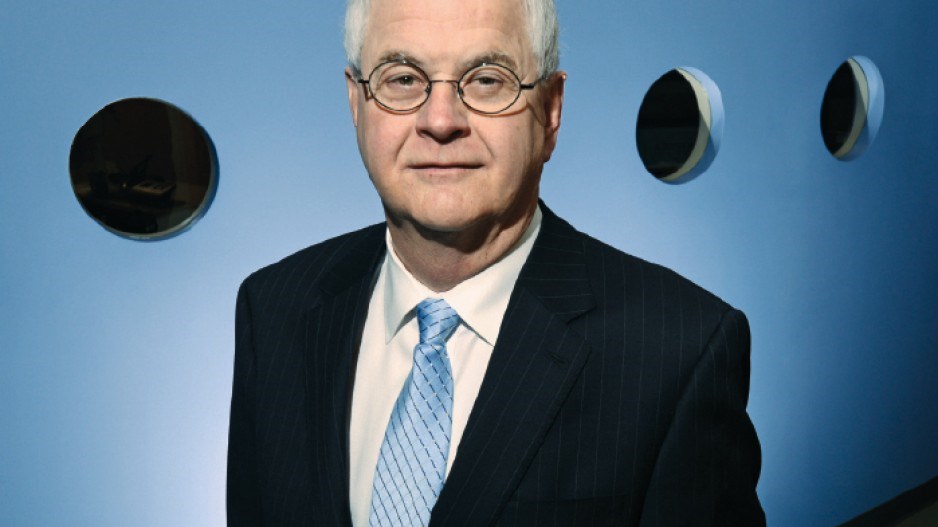A financial crisis has not gone to waste for a Surrey software developer.
Over the past few years, increasing international financial regulations stemming from the 2008 financial crisis have brought new opportunities for Surrey’s Fincad, which develops financial risk management software that’s now used by more than 1,200 firms around the world.
“We’re continuing to grow our revenue, which grew about 27% last year,” said Bob Park, Fincad’s CEO. “Certainly, the expanded role of financial risk management in financial services firms is a business driver we are enjoying. We expect the demand for our products to grow over the next two, three years.”
Based in the Central City office tower in Surrey, the company has managed to grow revenues into the millions and employs more than 100 staff worldwide.
Much of the company’s business has come from supporting some of the largest asset managers in the world in North America and Europe. But the company has focused on expanding into other markets in Asia and South America.
Last year, the company secured software licensing orders from partners in China, Singapore and Hong Kong and is also looking to expand its market in India.
While the company has continued to grow, Park noted continued uncertainty over the evolution of global banking regulations has made potential clients more cautious in investing in tools that help them manage financial risks.
“On the negative side, there’s a whole rack of detailed regulations to be announced so that some investments in financial risk management are being deferred until specific rules come out,” he said. “But it’s creating new needs, new analytics and more demand for the kinds of products we build.”
That demand has led to a growing challenge in finding the people it needs with the advanced skills and experience to help create the complex programs that its clients rely on. To help address its needs, last year the company launched a couple of academic programs to help expand the pool of talent.
Last summer, it launched its Women in Finance scholarship to help women complete their studies in advanced derivatives analysis and risk management. The $1,250 per semester scholarship is available to women studying in North American universities and management schools. The first recipients included students from SFU and Cornell.
“We have to hire the best people we can find and it’s been a challenge to find women in finance,” said Park. “We haven’t had the kind of response to our employment ads that we would have expected from women, so we thought this was an opportunity to help women who have already selected the financial sector as their area of study to enable them to continue to pursue that.”
In the past year, the company also launched its academic endowment program that gives master and PhD students in university finance courses access to one of the company’s analytical tools to give them real-world experience in analyzing risks of today’s web of financial instruments.
To date, three universities have joined the free program – the University of Connecticut, Sabanci University in Istanbul, and the University of Dundee in the U.K.
Exposure to Fincad’s award-winning software can potentially benefit the company in the longer term, but Park also notes the broader benefits to the industry when new professionals have a better understanding of financial risk management and analysis.
“It’s something our software has always enabled people to do, but post-financial crisis, it was apparent there was poor recognition of the risks certain sectors in the financial industry were taking on. There was a lack of understanding of some of the results of the models that were used in financial [product] engineering,” said Park.
“Post-crisis, there’s a far wider recognition that financial risk management processes have to improve, and the amount of money being spent is in the multibillions of dollars. It’s an area in a time of fiscal restraint that banks are continuing to invest in.” •




